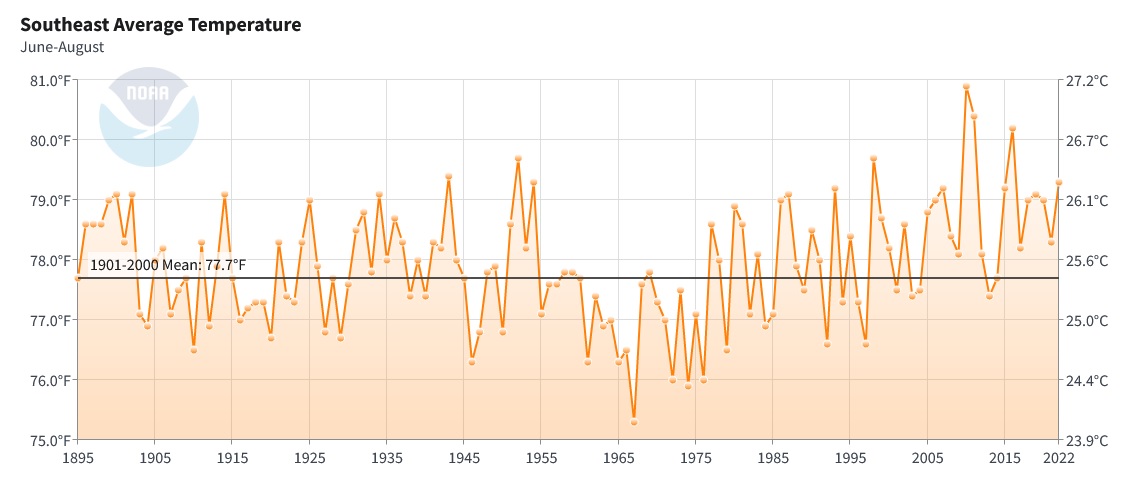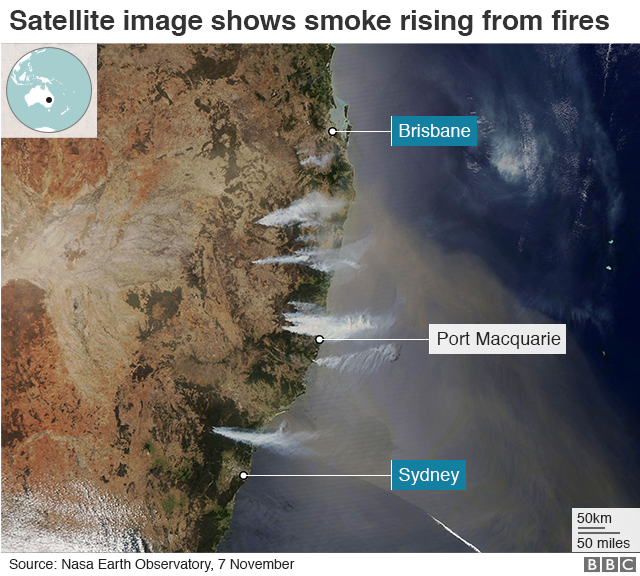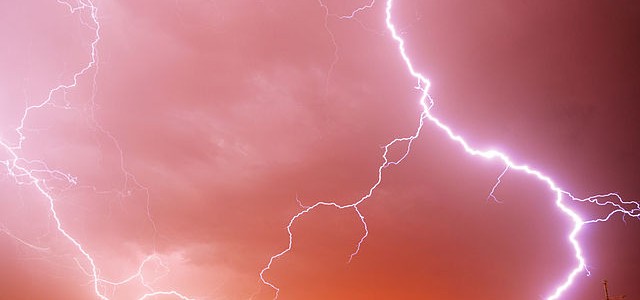Climate science
-

You might expect that the Earth would be the coolest when it is farthest from the sun. But that date is today, and it is certainly not a cold day. This is known as the aphelion (I remember it as “A for away”) and it occurs because the earth’s orbit around the sun is not…
-

You’ve probably heard the phrase “dog days of summer”. But what does it mean? And why is it commonly considered the period from July 3 to August 11? You can read more about it in this article from The Almanac at Dog Days: What Are the Dog Days of Summer? | July 3–August 11 |…
-

Summer is the time of year when many of us take trips to visit friends or experience new places. Many of these trips are by airplane. Unfortunately, summer is also the time of year that thunderstorms most often occur, and they can cause a lot of problems with bumpy rides that may cause distress to…
-

Time magazine used a recent article to describe how current shortages in tomato paste due to drought could lead to shortages of ketchup in the future, since manufacturers of ketchup and other tomato-based products use tomato paste to produce their products when ripe tomatoes are not available. After several years of drought, stocks of tomato…
-

June 1 is the first day of climatological summer, which includes the months of June, July, and August. Climatologists use calendar months for seasons to make calculations of averages a little easier and to compare more easily with past historical records, which were calculated by hand before electronic calculators were available. Hope it’s a great…
Posted in: Climate science -

A new computer modeling study links unusual cooling due to the Australian wildfires in 2019 to our recent triple-dip La Nina, which ended this spring. The new modeling study, published today in Science Advances, show that the vast clouds of aerosols from the fires, which scorched large areas of Australia, may have blocked sunlight, causing…
-

While we all know about lightning on Earth, did you know that Jupiter also has lightning? It was first observed over 40 years ago by NASA’s Voyager 1 spacecraft. Recent observations have shown that lightning on Jupiter behaves very much like lightning on earth with step-wise progression of the strokes. They determined this from radio…